.webp)

Introduction
In the fast-evolving world of e-commerce, they stay competitive, which means having access to real-time data. Thanks to the abundance of online choices, consumers have more purchasing power than ever, with Google Shopping as one of the primary platforms for comparing prices, reading reviews, and finding the best deals across various sellers. For e-commerce businesses, tracking and analyzing this data is critical to thriving in today’s competitive landscape. This is where web scraping Google Shopping becomes a game-changer.
Using techniques like Real-time price tracking Google Shopping, businesses can monitor competitors, track pricing trends, analyze customer reviews, and optimize their product listings to capture more market share. This blog, supported by real-world use cases and case studies, will investigate why web scraping Google Shopping is key to e-commerce success.
The Role of Google Shopping in E-commerce
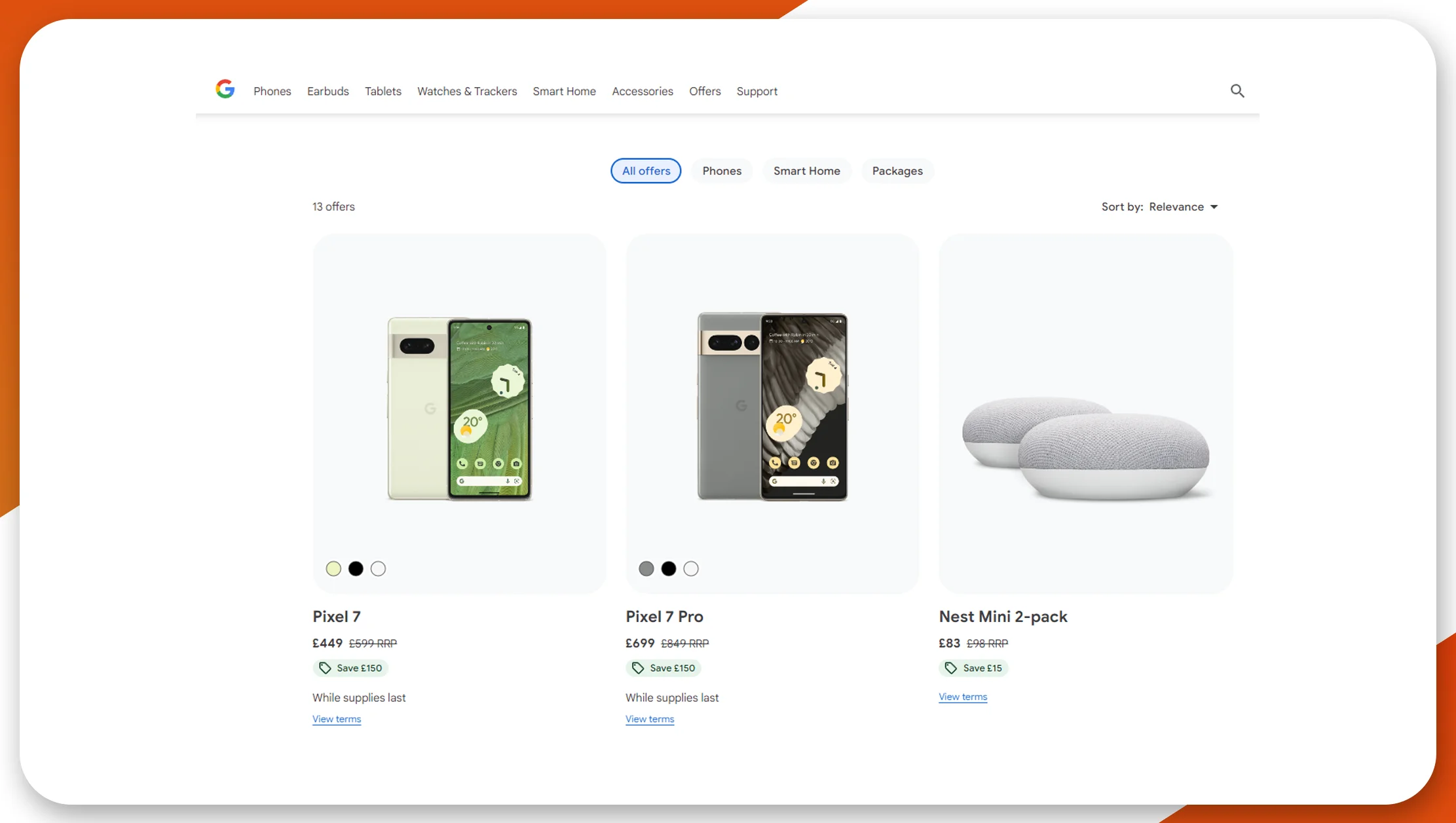
Google Shopping is a robust platform that allows customers to search for and compare products from multiple online retailers. It aggregates product names, descriptions, images, prices, and seller details. Customers rely on this platform to find the best deals and read reviews before purchasing.
According to research, over 35% of consumers use Google Shopping to compare product prices before purchasing online. The platform helps shoppers find the best deals and gives businesses a centralized location for showcasing their products. For e-commerce sellers, getting their products listed and performing well on Google Shopping is critical to increasing visibility and sales.
However, how can businesses leverage Google Shopping data to enhance their e-commerce strategy? This is where web scraping comes into play.
What is Web Scraping Google Shopping?
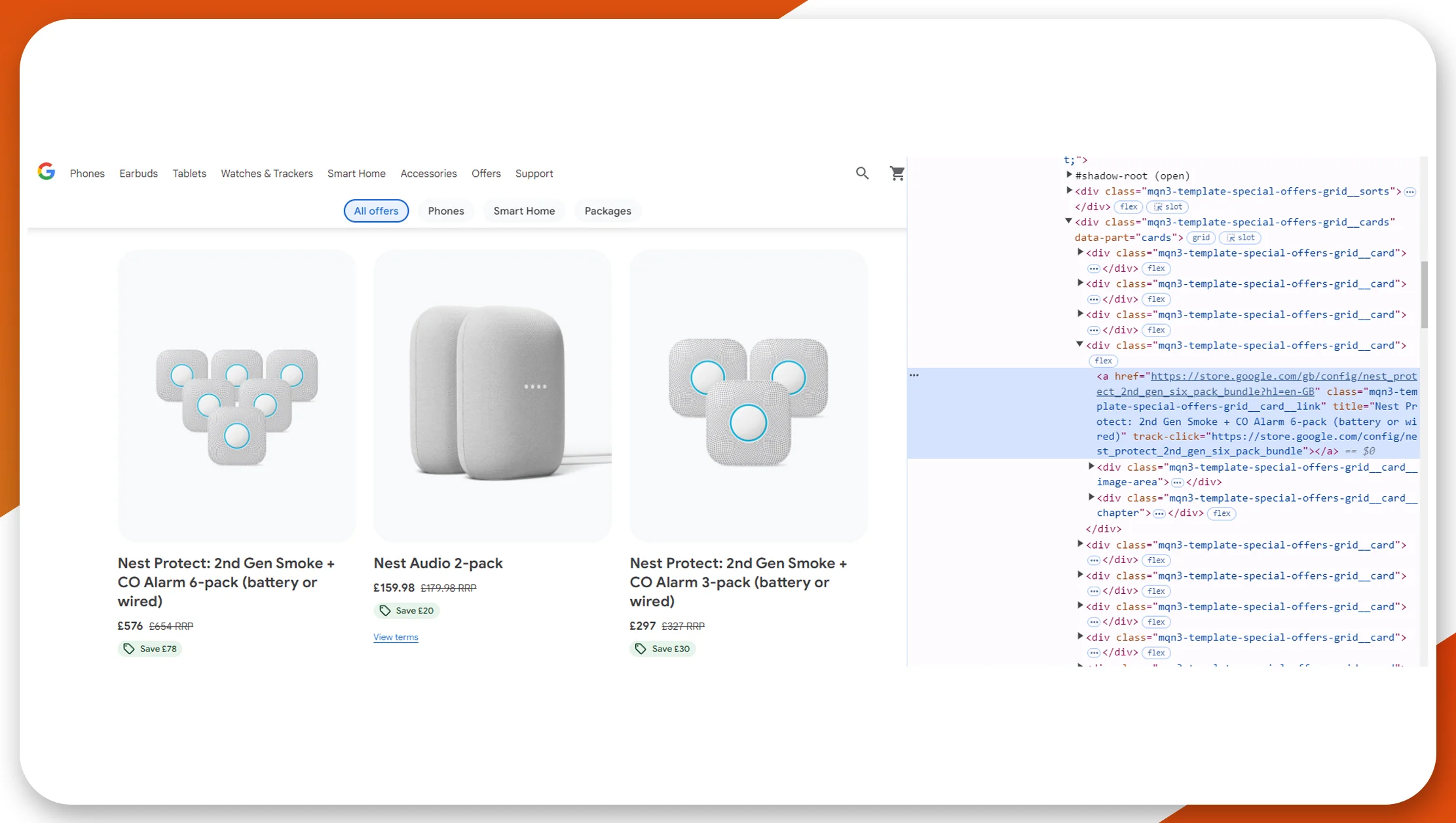
Web scraping Google Shopping involves using automated tools to extract data from Google Shopping listings. This data includes product information, prices, reviews, seller ratings, and availability. The scraped data can then be analyzed to generate insights that help businesses improve their pricing strategies, optimize product listings, and better understand the competitive landscape.
Some common uses of Google Shopping data scraping include:
- • Real-time price tracking to ensure competitive pricing.
- • Product data are scraping from Google Shopping to monitor competitor listings and descriptions.
- • Review scraping to gain insights into customer feedback and improve product offerings.
- • The data gathered can be used to build a robust database of competitors' offerings, allowing businesses to stay ahead of the curve.
Use Cases for Web Scraping Google Shopping
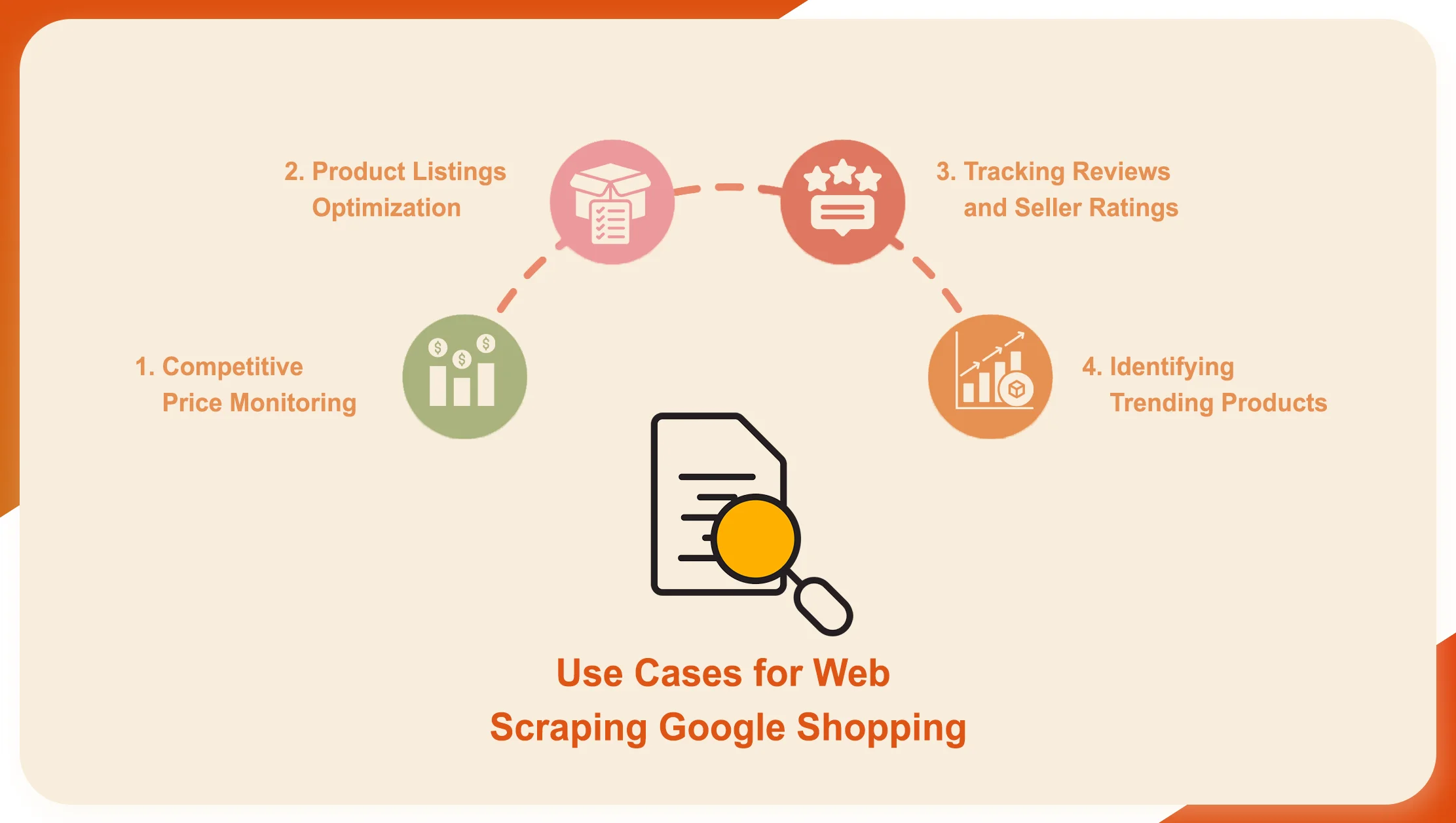
1. Competitive Price Monitoring
Pricing is among the most important factors in a consumer’s purchasing decision. Web scraping Google Shopping allows e-commerce businesses to track prices across hundreds of competitors in real time. This data helps businesses adjust their pricing strategies to stay competitive.
For instance, if a competitor lowers the price of a popular product, scraping Google Shopping listings will provide immediate alerts. This enables your business to match or undercut the competitor's price, ensuring you stay in the game.
2. Product Listings Optimization
Google Shopping listings include detailed product information like names, descriptions, and categories. Scraping Google Shopping product data enables businesses to analyze successful product listings and identify the attributes that lead to higher visibility and conversions.
For example, a study of top-performing listings might reveal that including specific keywords in the product title boosts a product’s ranking on Google Shopping. Using this information, your business can optimize its product descriptions and improve its chances of being featured more in search results.
3. Tracking Reviews and Seller Ratings
Customer reviews and seller ratings greatly influence purchasing decisions. Scraping Google Shopping reviews can give businesses valuable insights into what customers like and dislike about competing products. This data can be used to improve your own product offerings or marketing messages.
Additionally, Google Shopping API scraping of seller ratings allows businesses to monitor their reputation over time, identify areas for improvement, and enhance customer service.
4. Identifying Trending Products
Through Google Shopping data collection, businesses can identify trends in product demand. By analyzing which products are being viewed or purchased the most on Google Shopping, companies can adjust their inventory and marketing strategies to align with consumer interests.
For instance, if your business identifies that eco-friendly products are trending on Google Shopping through Google Shopping web scraping, you can expand your product range to include more environmentally sustainable items, capitalizing on the growing trend.
Real-World Case Studies
Case Study 1: Optimizing Price Competitiveness for an Electronics Retailer
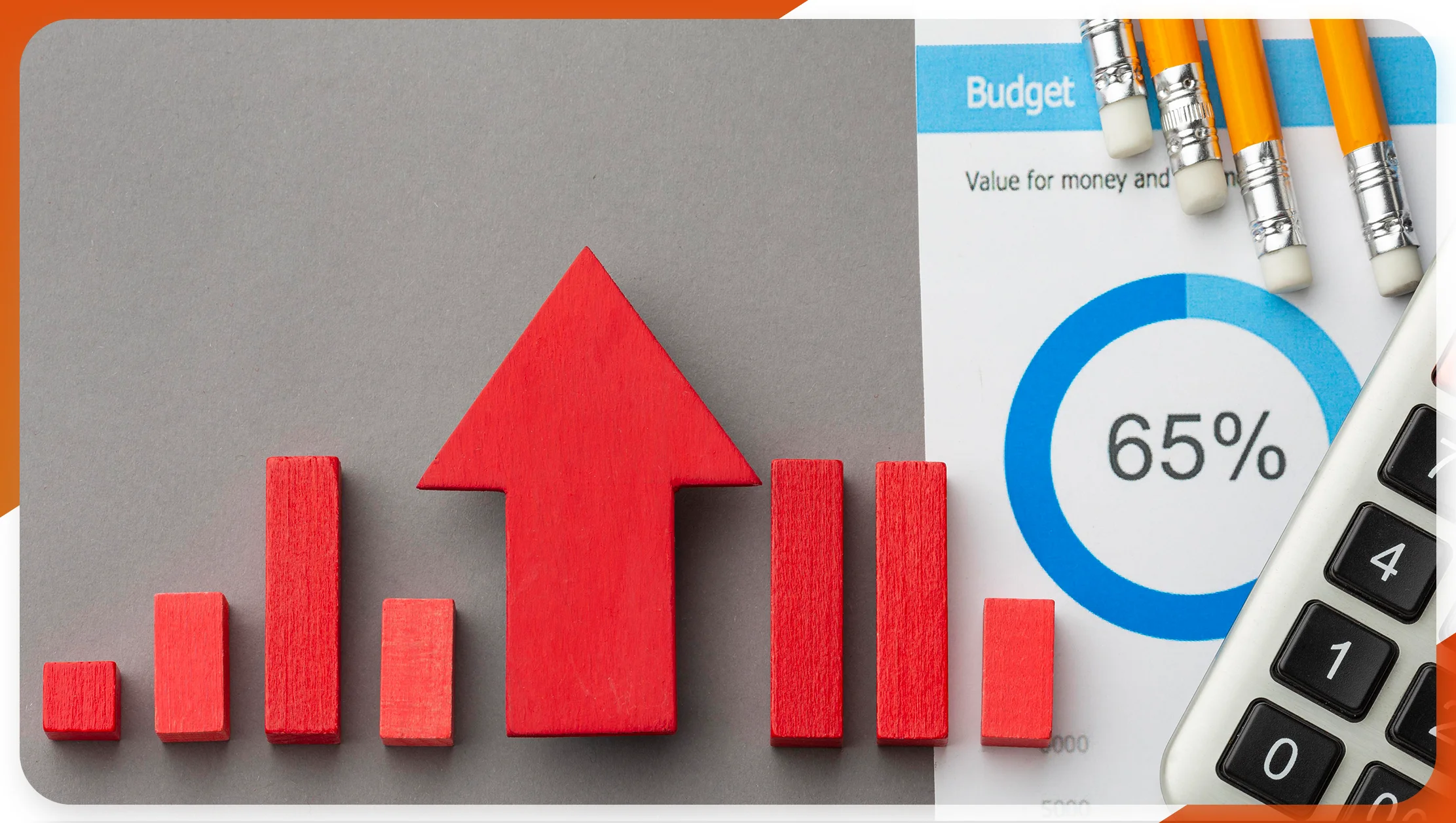
An online electronics retailer struggled to maintain price competitiveness on high-demand products like smartphones and laptops. They used web scraping Google Shopping from Real Data API to monitor prices of similar products across different sellers in real time.
By gathering Google Shopping price scraping data, the retailer could dynamically adjust its prices throughout the day, ensuring it always offered competitive deals. As a result, its revenue increased by 15% within six months, thanks to its ability to stay ahead of pricing fluctuations.
Case Study 2: Boosting Conversions Through Product Listing Optimization
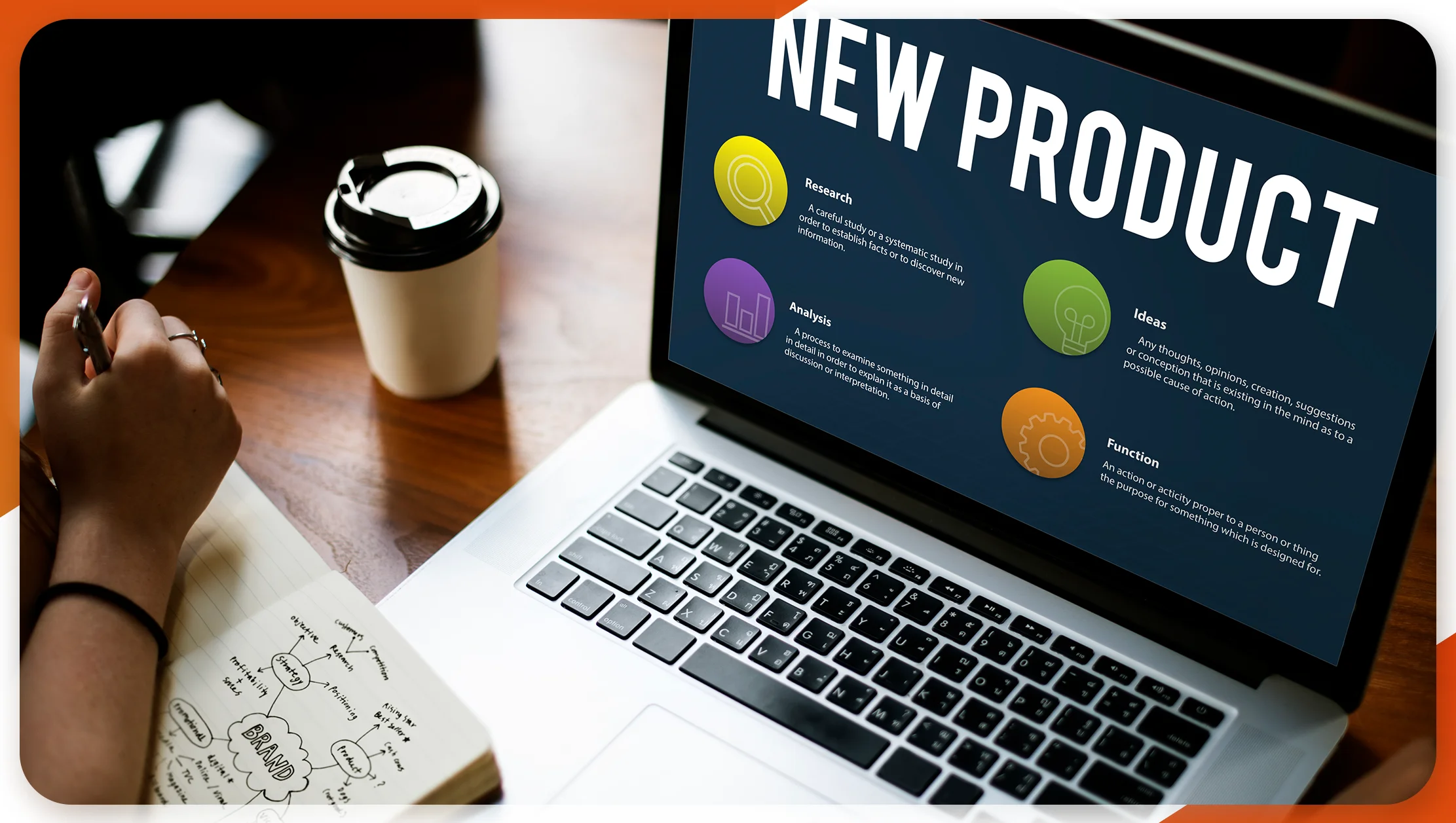
A fashion e-commerce business wanted to improve its product visibility on Google Shopping. To this end, they used Google Shopping product data Scraping from Real Data API to analyze top-performing listings from their competitors. Using detailed data on product titles, descriptions, and keywords, the company revamped its product listings by incorporating high-ranking keywords and restructuring descriptions for better readability.
Within three months of optimizing its listings, the company saw a 25% increase in click-through rates (CTR) on its Google Shopping listings, leading to a notable conversion boost.
Case Study 3: Improving Product Offerings Using Customer Reviews

A home appliance company leveraged Google Shopping reviews scraping to collect feedback on similar products competitors offer. By analyzing customer reviews, they discovered consumers were dissatisfied with certain features, like energy efficiency and noise levels, in competing products.
Using this data, the company improved its product design to address these pain points. The new product line received excellent reviews, translating to a 20% increase in sales within the first quarter of launch.
The Future of E-commerce Success with Google Shopping Web Scraping
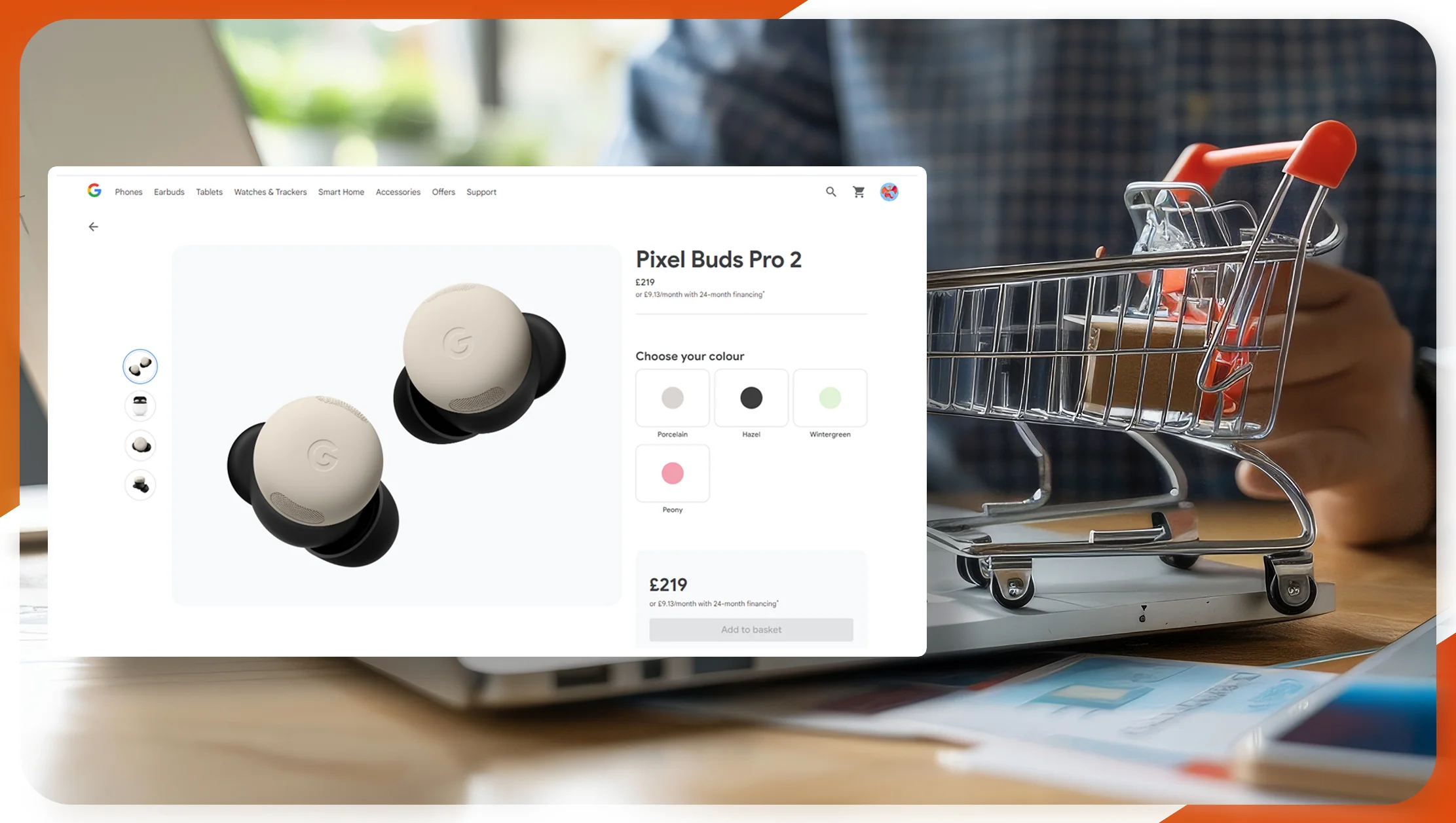
The global e-commerce market is projected to grow by over 10% year over year in 2024, with consumers increasingly relying on platforms like Google Shopping to make informed purchasing decisions. As competition intensifies, e-commerce businesses need every advantage they can get, and Google Shopping data extraction is one of the most effective ways to stay ahead.
Here’s what the future of web scraping Google Shopping looks like for e-commerce success:
1. AI and Machine Learning Integration
Integrating AI and machine learning with web scraping tools will allow businesses to analyze Google Shopping data even more granularly. Predictive models will be able to forecast pricing trends, track consumer behavior in real time, and automatically adjust listings, ensuring optimal performance on Google Shopping.
2. Personalized Consumer Insights
Through the continuous scraping of reviews and product data, businesses will generate highly personalized insights into consumer preferences. This will allow companies to tailor their product offerings and marketing strategies to individual consumer segments, further boosting conversions and sales.
3. Greater Automation
The future of Google Shopping web scraping lies in automation. Businesses can automate everything from real-time price adjustments to listing optimizations based on competitive data, leading to more efficient operations and higher profitability.
Conclusion
In today’s data-driven world, web scraping Google Shopping has become indispensable for e-commerce success. From competitive price tracking to product listing optimization and trend identification, businesses can leverage Google Shopping data extraction to make more informed decisions, improve product offerings, and enhance their competitive edge.
Whether you're an established e-commerce retailer or a startup looking to make your mark, investing in Google Shopping web scraping is the key to staying ahead in the ever-evolving e-commerce market.
Ready to unlock the power of Google Shopping data? Learn more about how to Scrape Google Shopping API and help your e-commerce business thrive. Contact Real Data API today for a consultation!













